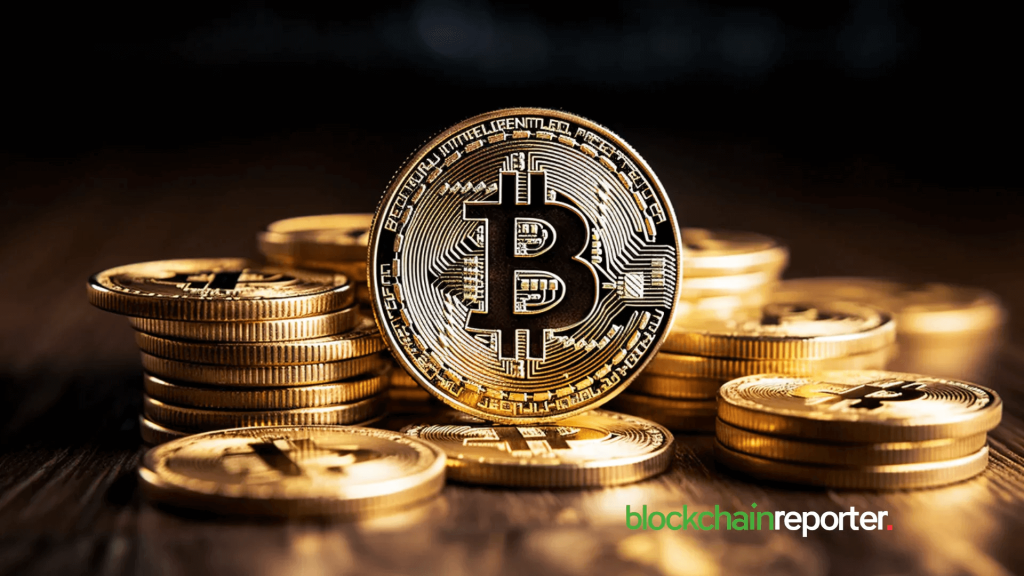
The digital asset ecosystem represents a rapidly evolving domain that extends far beyond traditional cryptocurrency concepts. This comprehensive ecosystem encapsulates a wide array of services, products, and elements associated with cryptocurrencies. From a broad spectrum of crypto tokens to the burgeoning world of Non-Fungible Tokens (NFTs), stablecoins, and various other crypto-related offerings, the digital asset ecosystem forms a complex and dynamic universe within the broader financial landscape.
Understanding the Digital Asset Ecosystem
The term ‘digital asset ecosystem’ paints a holistic picture of the crypto sector, incorporating everything that exists within the cryptocurrency space. It’s a realm that interlinks various components of digital finance, creating a network of interconnected assets and services that transcend traditional financial boundaries.
The Evolution of Digital Assets
Since Bitcoin’s inception in 2009, the digital currency landscape has expanded into various markets, witnessing significant growth and diversification. This expansion isn’t limited to mere price surges of well-known cryptocurrencies but also includes the development of novel applications powered by digital assets. These applications have enabled value transfer that extends beyond simple payment transactions.

Integrating with Diverse Sectors
The digital asset ecosystem has penetrated numerous sectors, including art (through NFTs), finance (with Central Bank Digital Currencies or CBDCs), gaming, healthcare, real estate, insurance, and more. Essentially, this ecosystem is anchored by the foundational blockchain technology, securing a range of assets like cryptocurrencies, security-backed tokens, CBDCs, stablecoins, and NFTs.
Digital Accessibility and Investment Opportunities
The ecosystem allows traditional assets to become digitally accessible to investors, thereby reducing associated costs. It encompasses various protocols, enabling experienced investors to explore different areas within the crypto market, such as blockchain gaming and yield farming.
The Types and Functions of Digital Assets
Digital assets can be categorized into three primary types, each serving distinct functions within the ecosystem.
1. Currency Tokens
Currency tokens serve as a medium of exchange or a unit of account. They represent the traditional function of digital assets, facilitating transactions and acting as a store of value.
2. Pass-Through Tokens
Pass-through tokens offer holders various rewards, revenue shares, and other benefits. These tokens might also grant governance rights or economic application charges, adding a layer of utility and incentivization for holders.
3. Asset-Backed Tokens
Asset-backed tokens are supported by tangible assets, such as physical property, debt, or equity. These tokens bridge the gap between the physical and digital worlds, providing a secure and transparent way to trade and invest in real-world assets.
A Dynamic and Expansive Ecosystem
The digital asset ecosystem represents a dynamic and rapidly expanding universe. It’s an umbrella term encompassing a diverse range of assets and functions, each contributing uniquely to the growth and evolution of the cryptocurrency sector. As this ecosystem continues to develop, it offers an unprecedented array of opportunities for investors, innovators, and users alike, reshaping the landscape of digital finance.
Frequently Asked Questions
What is the Digital Asset Ecosystem?
The digital asset ecosystem is a comprehensive and interconnected network of services, products, and assets within the cryptocurrency space. It includes a variety of digital tokens, such as cryptocurrencies, stablecoins, NFTs, and other blockchain-based offerings, creating a dynamic universe that transcends traditional financial boundaries.
How Has the Digital Asset Ecosystem Evolved?
Since Bitcoin's inception in 2009, the digital asset landscape has significantly expanded. It now encompasses a wide range of assets and applications, including NFTs, stablecoins, and blockchain-based finance, which enable various use cases beyond simple payments, such as value transfer and decentralized finance.
Which Sectors Are Impacted by the Digital Asset Ecosystem?
The digital asset ecosystem spans multiple industries, including art (through NFTs), finance (with Central Bank Digital Currencies or CBDCs), gaming, healthcare, real estate, and insurance. Blockchain technology serves as the foundational infrastructure for securing a diverse array of assets like cryptocurrencies and tokenized physical assets.
What Are the Investment Opportunities in the Digital Asset Ecosystem?
The digital asset ecosystem provides numerous investment opportunities by offering traditional assets in a digital form, reducing transaction costs. It also enables participation in emerging markets such as blockchain gaming, decentralized finance (DeFi), and yield farming, providing avenues for both experienced and new investors.









